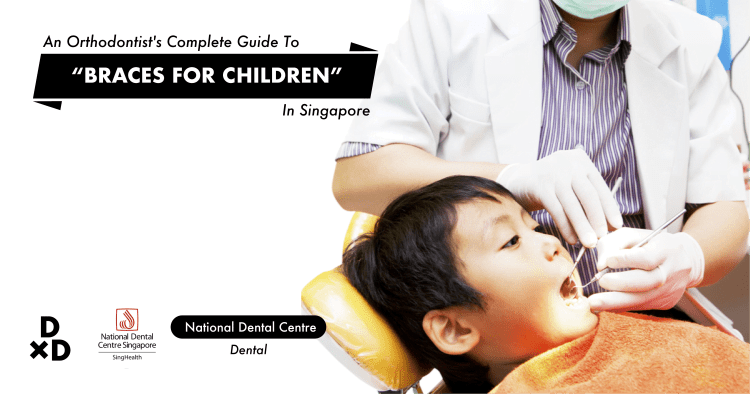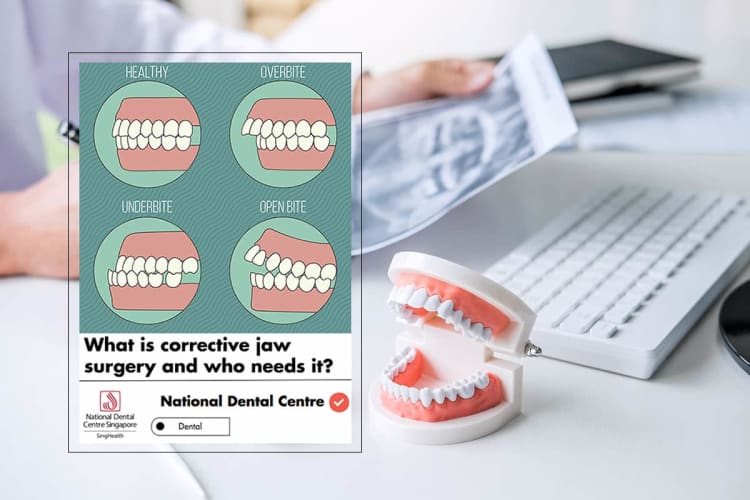Children undergo practically constant growth. This process can be most evident in their teeth, where parents are able to observe visible transformation at a rapid pace. As their bodies are always adapting to ever-changing demands, complications can sometimes occur.
For example, as children shed their baby teeth before their adult teeth come in, there is the potential for dental abnormalities to crop up.
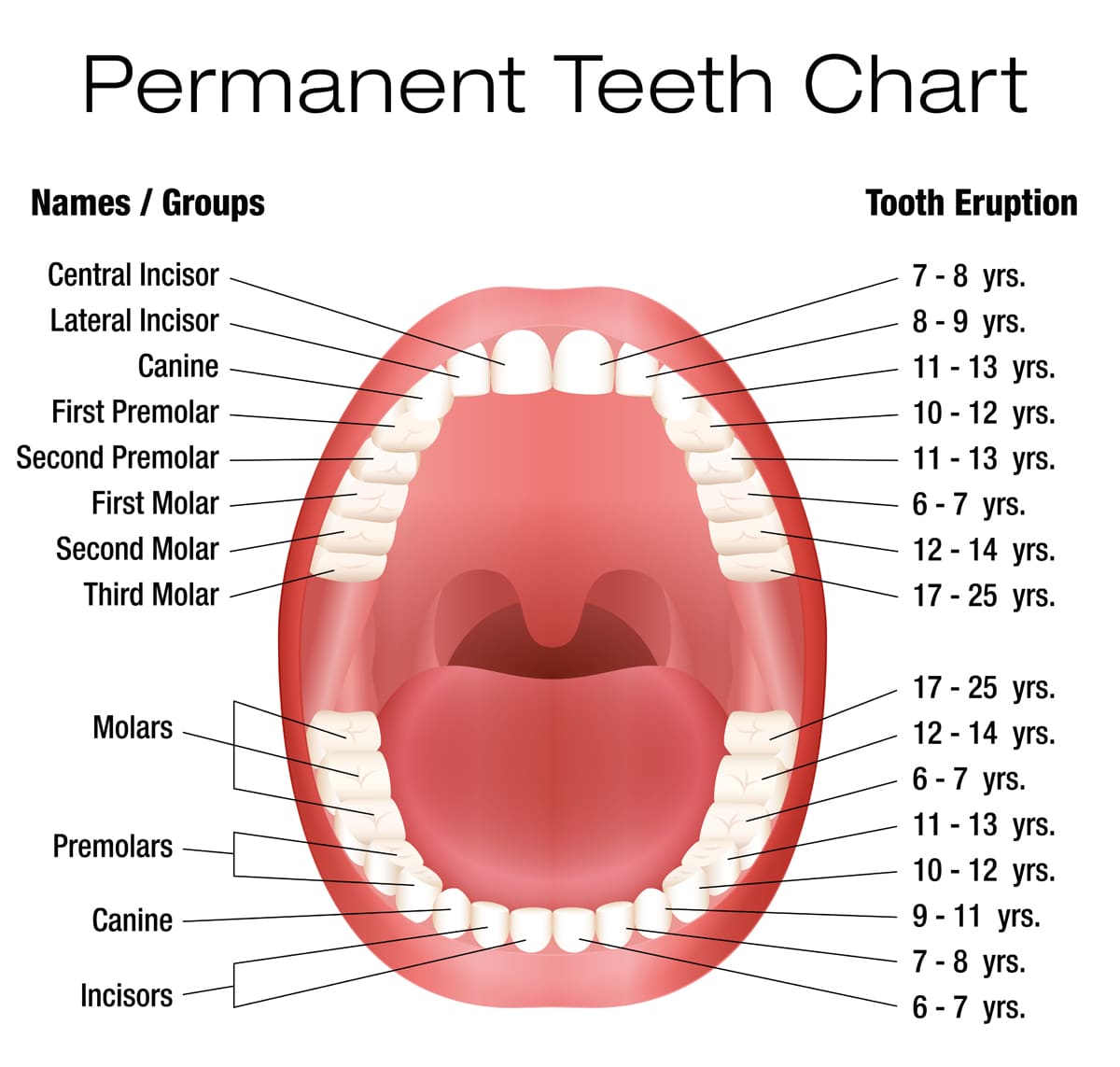
A Human reader wanted to know what measures she needed to take for her 6-year-old, who had baby teeth that didn't drop, causing her emerging two adult front teeth to grow out crooked. Dentist Dr Jaclyn Toh was kind enough to lay out a detailed response for the mother. Here's what she had to say.
Abnormal formation of adult teeth cannot be controlled

If adult teeth develop in abnormal positions within the jaw bone, this cannot be controlled. In some instances, this may still happen even if the baby teeth dropped out in time. There are, however, several preventive measures that may reduce the chances of abnormal growth. [1]
A lack of jaw space is a common factor
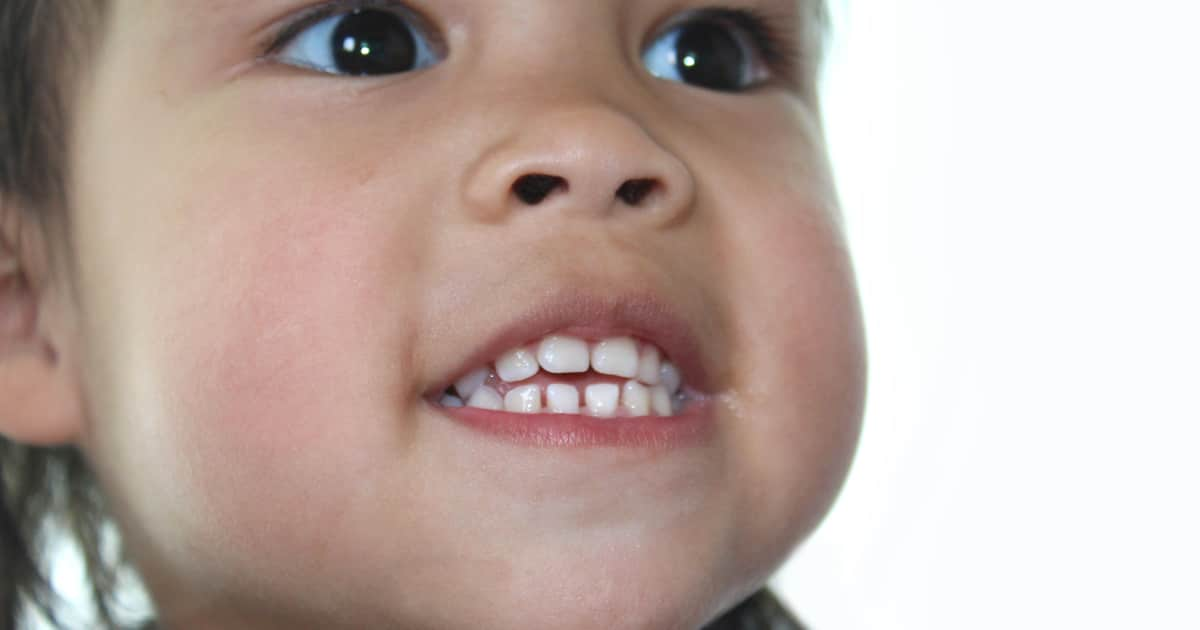
One of the most prominent causes of crooked adult teeth is insufficient space in the jaw, which means that there is a lack of space for the teeth to erupt into. [2]
A loss of space early on can cause deformation

Sometimes, baby teeth are lost due to severe decay or premature exfoliation before the adult tooth is ready to erupt. In these cases, adjacent teeth (baby or adult) could drift into empty spaces and occupy areas that should have been reserved for permanent successors of lost baby teeth. [3]
An undersized jaw can lead to similar issues

Some children grow adult teeth that are simply too large to fit into the jaw neatly. This, in turn, also leads to abnormalities in growth patterns. [4]
Undersized jaws can be detected early

By taking careful measurements of the teeth present in the mouth of the child, and comparing them with the measurements from a panoramic X-ray, undersized jaws can be identified early on.
In addition, a lateral cephalogram (a special X-ray that shows the skull in profile) can also allow for a precise assessment of developing jaws. From there, certain growth pattern predictions can be made and action can be taken. [5]
Growth modification appliances can resolve space issues

If a child hasn't reached puberty yet, there's a chance that improvements can be made to allow for better spacing that is available in the jaws. This can be achieved through the use of growth modification appliances (which guide proper jawbone formation). Palatal expanders and lip bumpers are also good examples of such appliances. Consult your dentist about possibly using these solutions. [6]
Sometimes, treatment is required earlier than usual
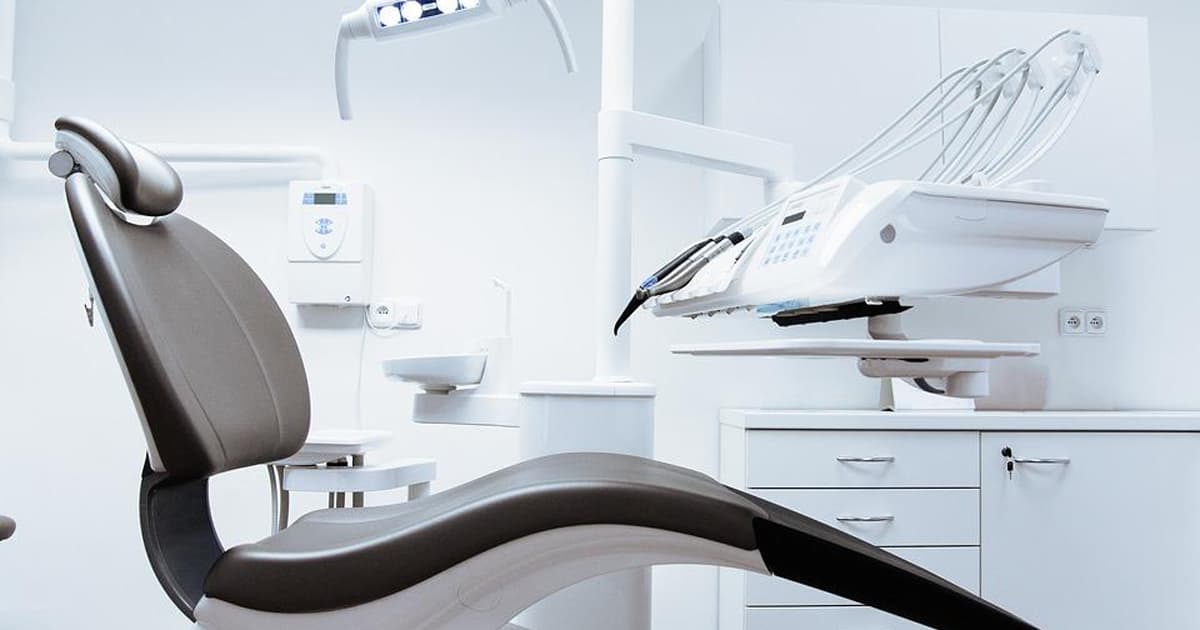
This applies particularly for conditions such as retroclined (backward tipping) upper incisors, which could prevent the lower jaw from developing normally. This is also needed for underbites which could cause a permanent skeletal abnormality to develop later on. [7]
Precise timing for treatments is determined by various factors

These factors include the child's mental maturity (which determines the ability to cooperate with treatment) and the level of oral hygiene found in each patient. Also, the decay rate or decay that has been successfully controlled need to be taken into account and the patient must commit to multiple dental visits (so there may be an interference with extra-curricular activities). [8]
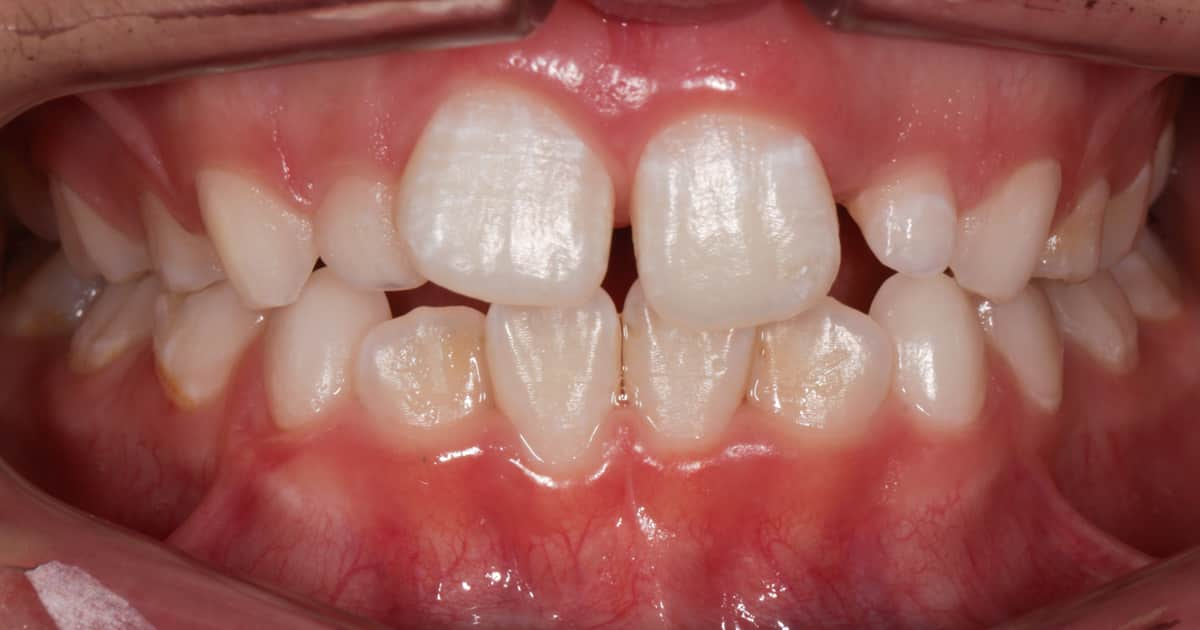
Ultimately, troublesome tooth formation found in children can be managed. With early identification and quick action by parents and dentists, you can find ways to improve your child’s dental growth as long as you seek appropriate medical advice in time.
Would you like to ask any related health questions?
You can Ask A Doctor right away, or view the complete list of Human Sessions.


